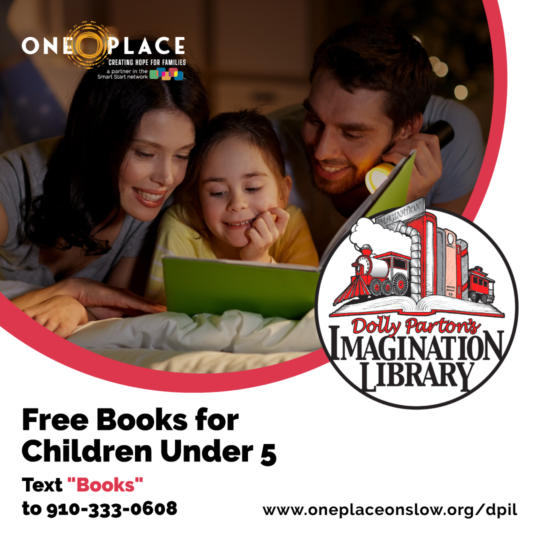4 Ways to Help Your Child Read at Home

Reading is one of the most difficult—and yet one of the most important—skills that your child will learn. To help your young reader become more confident and develop a love of reading, you can support your child by reading to them aloud, reiterating phonetics, and having fun with words and language.
How Children Learn to Read
Children learn to read once they are able to identify letters—or combinations of letters—and connect those letters to sounds. And although many believe that learning to read is a natural process, decades of scientific research has revealed that reading doesn’t come naturally.
Despite the challenge, the stakes to learn to read are high: Children who don’t learn to read by the end of third grade are likely to remain poor readers for the rest of their lives, and consequently fall behind in other athletic areas as well. Research on the importance of reading finds that children who struggle with reading are more likely to drop out of high school, end up in the criminal justice system, and live in poverty.
4 Ways to Help Your Child Learn to Read at Home
As your child learns phonics and is taught reading at school, you can also help your child learn to read at home.
- Read aloud with your child.
This is one of the best ways to help your child—especially if they are in preschool. Research finds that for children as young as just nine months old, reading aloud can be highly beneficial. They’ll gain a deeper vocabulary, learn new sounds, and enjoy quality time spent together. If you wonder if your child is too young to be read to, fear not: a 2017 study from an NYU pediatrics department researcher found that reading to your children soon after birth boosts reading and vocabulary development four years later.
- Provide reading materials.
Being able to access reading materials in a variety of forms—from comic books to magazines to newspapers—plays an important role in developing life-long readers. Research from the Educational Testing Service determined that the children who were most proficient in reading were those with a plentiful amount of reading material at home.
- Create an environment that fosters reading.
One of the best ways to make sure your child garners a love of reading is to make reading a regular activity in your home. Whether that means you spend time reading in front of your children, or you have a standard “family reading hour” at a certain time each day, carving out time and space for reading is a gift that will only help your child over time. Far too many parents, especially those who were big or early readers themselves, may put pressure on their children to enjoy reading—but make sure to let your child set the pace.
- Teach phonics.
In kindergarten, your child will likely learn phonics: the names of each letter and what sounds they make. But you can help your child learn this at home by heightening their awareness of each sound that makes up a letter. Try stretching out one word to highlight each individual sound—so instead of saying, “Hey, look at that dog,” you can draw out the word: duh-aw-guh. This can help your child as they learn more about phonics and reading—eventually gaining the tools they need to be fluent readers.
Our Impact
One Place is dedicated to providing access to books and resources that support language and literacy development—so we can establish the next generation of readers. Early literacy activities that support brain development include reading with and to your child, talking to your child, and singing songs together.
We offer a number of programs to enhance early literacy, including:
- Dolly Parton’s Imagination Library: Smart Start and Dolly Parton’s Imagination Library are working together to provide books to North Carolina’s youngest children. The Imagination Library is a book gifting program for children from birth to age 5 that mails a new, high-quality, age-appropriate book each month directly to the homes of registered children. Register here.
- Story Walks at the Park: One Place collaborates with Onslow County Parks and Recreation to maintain five permanent Story Walks at the Park. A Story Walk has pages of children’s books mounted on posts that line a path. They combine early literacy with physical activity in a natural learning environment. Each park features a different story every month. Learn more here.
- Little Free Libraries: One Place maintains 57 Little Free Libraries throughout the county in an effort to provide access to books to the entire community. Readers of all ages are encouraged to “Take a book, return a book.” Whether you donate a book or borrow a book, Little Free Libraries allow us all to make literacy a focus in Onslow County. Find a Little Free Library near you!
- Community Book Drives: For more than 20 years, One Place has coordinated an annual book drive collaborating with local businesses such as banks, restaurants, realtors, schools, and early learning centers to collect and distribute more than 125,000 books. We accept gently used books at our book drop located at 900 Dennis Road, Jacksonville, NC. Interested in hosting a book drive? Contact Lisa Davis at lisa.davis@oneplaceonslow.org.
Follow us on social media for the latest tips and tricks to encourage your child’s reading!
